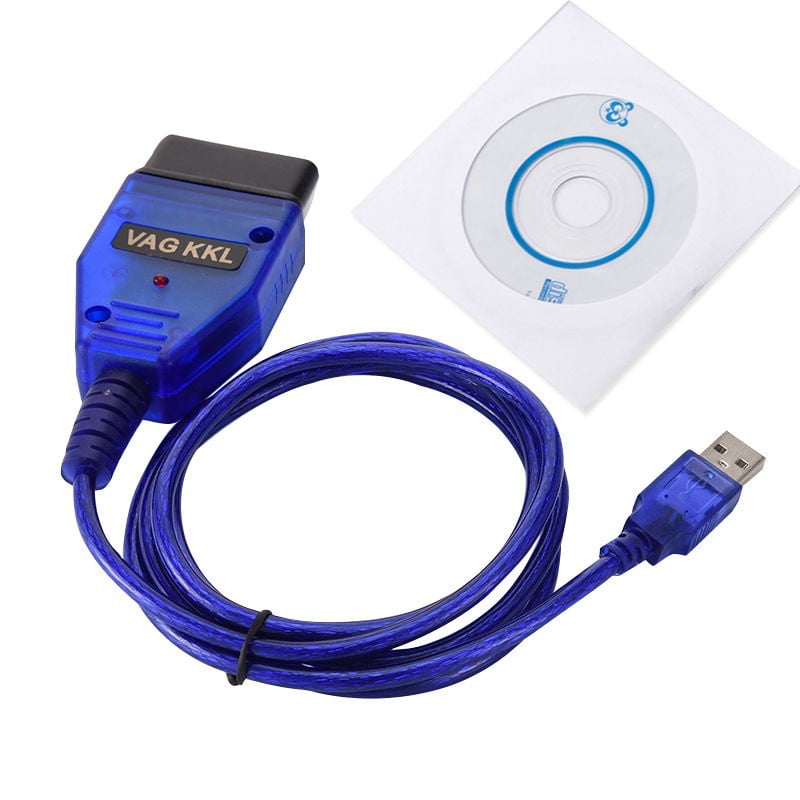


Note that modes 1 and 2 are basically identical, except that Mode 1 provides current information, whereas Mode 2 provides a snapshot of the same data taken at the point when the last diagnostic trouble code was set. Again, not all vehicles will support all PIDs and there can be manufacturer-defined custom PIDs that are not defined in the OBD-II standard.
#Vw obd2 reader how to
The expected response for each PID is given, along with information on how to translate the response into meaningful data. The table below shows the standard OBD-II PIDs as defined by SAE J1979.

Vehicle manufactures are not required to support all modes.Įach manufacturer may define additional modes above #9 (e.g.: mode 22 as defined by SAE J2190 for Ford/GM, mode 21 for Toyota) for other information (e.g.: the voltage of the Traction Battery in a HEV). Control operation of on-board component/system Show pending Diagnostic Trouble Codes (detected during current or last driving cycle) Test results, other component/system monitoring (Test results, oxygen sensor monitoring for CAN only) Test results, oxygen sensor monitoring (non CAN only) Clear Diagnostic Trouble Codes and stored values They are, the $ prefix indicating a hexadecimal number: There are ten modes of operation described in the latest OBD-II standard SAE J1979.


 0 kommentar(er)
0 kommentar(er)
